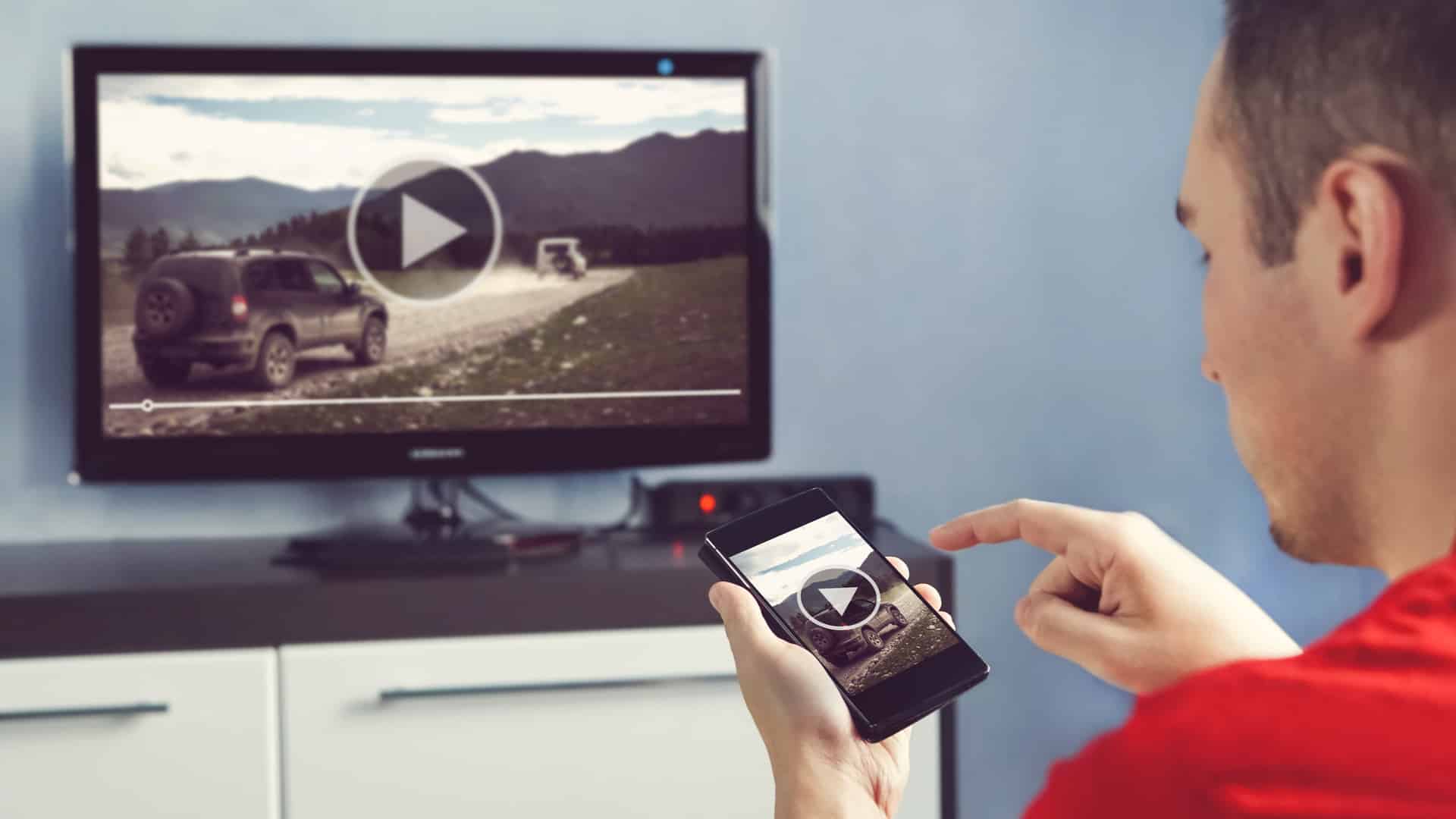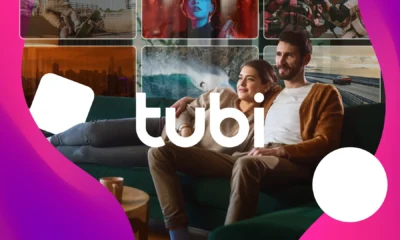Connected TV and OTT advertising represent the digital transformation of traditional linear TV publishers following the rise of streaming platforms and mobile viewing, and they are engaging viewers through on-demand, live and cross-channel experiences. For marketers, this enables them to reach households through any device, including smart TVs.
Combined with connected TV, the world of advertising now has a range of high-quality, affordable options to reach audiences with targeted messaging.
While there’s more flexibility and accessibility now, you also face challenges as you seek to optimize when, where, and how you reach your audiences. It’s important to tap into artificial intelligence in marketing so you can achieve the success you need.
In this piece, we’ll dive into connected TV and OTT advertising. We’ll cover:
Estimated reading time: 7 minutes
What Is connected TV?
Connected TV (or CTV) falls into a subset of over-the-top (OTT) outlets. They’re the smart television sets, which allow you to connect to the internet via Roku, Fire TV, Apple TV, or gaming consoles.
What Is OTT advertising?
OTT (over-the-top) allows you to stream digital content directly from the internet via platforms like Hulu, Peacock, Philo, Prime Video, Sling TV, and TubiTV. You can stream OTT content on many connected devices, including tablets, phones, and laptops.
Differences between CTV and OTT advertising
At the most basic level, connected TV and OTT advertising allow you to better fulfill the increase in demand from your audience while letting you tap into new platforms and strategically distribute your content.
- Connected TV just acts as a conduit for OTT, so you can connect your smart TV or other devices to the internet.
- OTT Advertising passes through broadcast, cable, or satellite TV providers, so you can stream the digital content on mobile devices, PCs, or TVs.
While the methods for distribution may vary, connected TV and OTT are both solutions that address consumer dissatisfaction with the high cost and lack of options available from traditional TV. OTT advertising involves pre-roll, mobile, and web inventory, which is cheaper. Connected TV advertising is a more expensive product because you’re paying for a premium experience.
Benefits of advertising with OTT and CTV
There’s much more to the migration of consumers from traditional TV to connected TV and OTT though. CTV and OTT offer a range of benefits, which were not available at all with traditional TV or were not possible to the same extent. So, why do advertisers love OTT and CTV?
High Completion Rates
With OTT and CTV, your audience is more likely to watch the streaming ads because they’re not able to skip them. This trend is important since traditional TV options usually offer DVR services, which allow your audience to fast-forward through or skip advertisements altogether.
Targeting
As OTT and CTV advertising content evolves, you can more easily segment your audience and target different versions of your ads to various demographics. With that level of high-tech targeting, you can more easily engage with your audience and inspire them to act.
Ask them to purchase, sign-up, or even visit your store. If the ads aren’t working, it’s also a simple matter of adjusting your messaging and optimizing your targeting to achieve the return on investment (ROI) you need.
Challenges of advertising with OTT and CTV
While you’ve probably become familiar with how OTT and CTV advertising work by watching them yourself, the strategy may not be as easy as it sounds. To be successful, you must learn the process and optimize your placements. Here are just a few of the challenges you’ll face.
Analyzing your metrics
Understanding your analytics and fine-tuning your strategic decisions is daunting. It’s a learning curve that many advertisers are just not willing to invest time and money into learning and doing well.
Finding the right advertising strategy
You need to deliver the right messaging to your target audience at the best time. To achieve that sweet spot, look at your metrics to focus on the best way to advertise your brand’s products and services.
OTT vs. CTV reporting: How to measure advertising campaign effectiveness
There’s never a single metric you should use to determine the success of your advertising campaigns on OTT or CTV platforms. So, let’s look at which factors you’ll analyze to strategize and determine the best placement options for our audiences.
Reach
Unique users who see your advertisement are your reach. You use this metric to determine where your budget is going.
Rate of completion
Your completion rate is the number of times your audience actually sees your ad all the way through. If you have a high rate of completion, you’re sending a message that probably resonates with your audience. They’re engaged with your messaging.
Viewability
This metric helps you determine whether your audience can see your ad and what their overall experience is. You’re looking at how long they watched your advertisement and the screen size to determine how captivating your campaign was for your audience.
Attribution tracking
You should track the action that your audience takes when they view your ad. Do they download your application, view your website, or visit your store? Those simple actions are essential to the success of your marketing AI campaigns.
CPCV (cost per completed view)
You should measure the cost per completed view to better determine the success of your advertising campaign.
Which is better for advertising: OTT or CTV?
Over-the-top (OTT) and connected TV (CTV) offer different experiences for advertisers, which may make you select one over the other. You might use OTT for a political ad campaign because you’d likely reach a larger audience with marketing AI. With OTT advertising, your audience can also click on the ad, which can be an effective way to drive traffic to your website.
With CTV advertising, you might invite your audience to stop by your store, attend an event, or take some other action that doesn’t require direct interaction with the screen. You pay a premium price for connected TV ad campaigns, so you should check to see where your ads are running.
What Is the future of OTT and CTV?
Whether you’ve been using AI marketing for years or you just started, you’ll continue to see changes in the industry that will affect OTT and CTV advertising. Media platforms and digital technologies are rapidly changing to better address the demands of your savvier audience.
82% of U.S. households with a TV have at least one internet-connected device or platform, so brands would be wise to gravitate toward OTT and CTV advertising. AI in marketing supports your efforts in this area, as you can more easily strategize and develop a plan for implementing an approach to reach your targeted audience.
Learn more about OTT and CTV
Even if OTT advertising and CTV advertising are relatively new concepts to you and your marketing team, you can use the power of AI marketing to better understand how these placement options can work for your brand.
Here are some helpful OTT and CTV resources:




















![How to Use AI For a More Effective Social Media Strategy, According to Ross Simmonds Download Now: The 2024 State of Social Media Trends [Free Report]](https://articles.entireweb.com/wp-content/uploads/2024/04/How-to-Use-AI-For-a-More-Effective-Social-Media.png)




















You must be logged in to post a comment Login